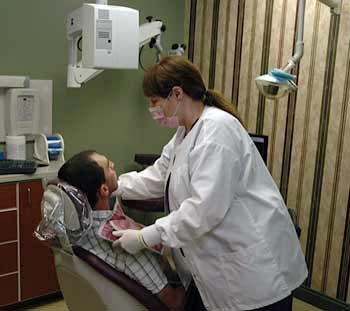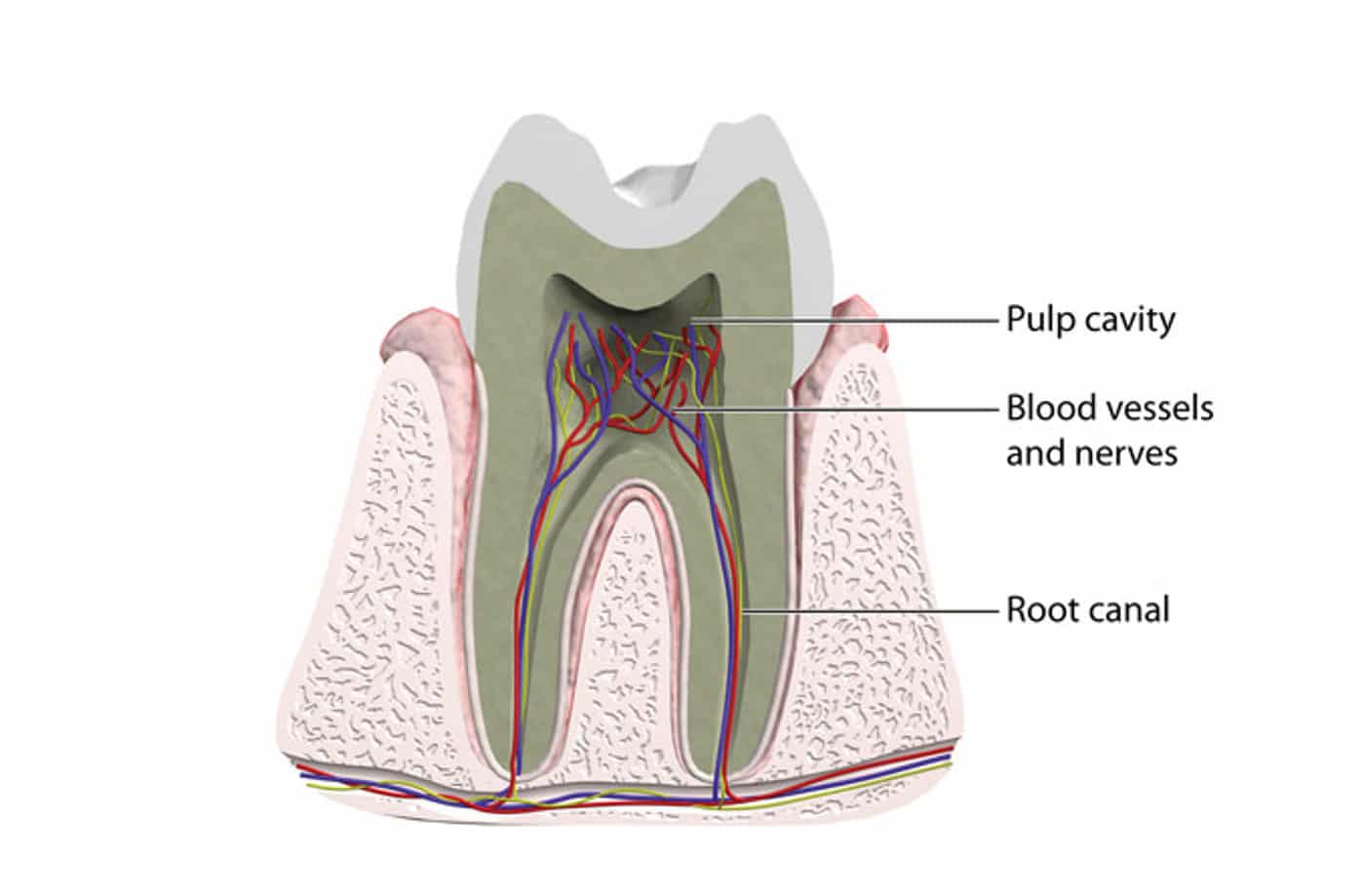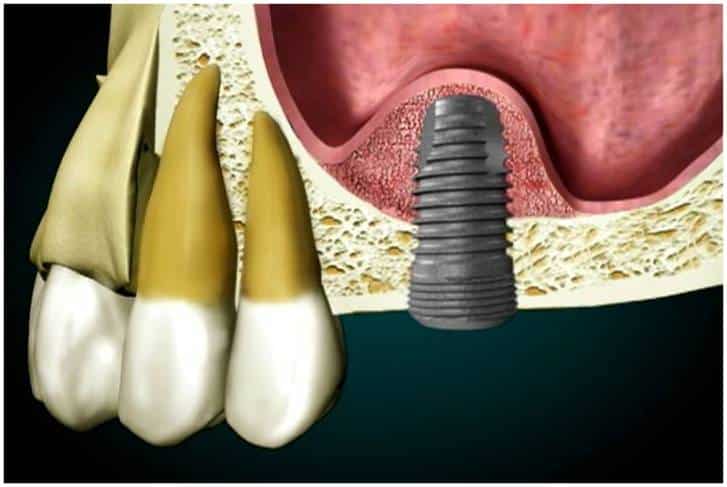Services
Nothing is as good as your natural tooth!
That’s why Dr. Walden routinely offers the following services:Evaluation
Many patients are referred to our office from dentists when are sure a RCT is needed. In other cases, you may be referred for a second opinion. During your evaluation, a tooth history and x-rays are taken. Dr Walden will examine your tooth, make a diagnosis and address any questions you have about your tooth and future treatment options.
RCT-Root Canal
Treatment-involves removing the pulp (soft tissue containing nerves, blood vessels and connective tissue), cleaning, reshaping and filling the root chambers to prevent future infections. A temporary filling is placed in the access of the tooth until your regular dentist can restore your tooth with a crown. After your treated tooth is restored, it can remain healthy, with proper dental care and routine dental visits. More…
Retreatment
In the event a RCT fails to heal or develops new symptoms, a Retreatment may be necessary. This is a process by which, like RCT, the canal filling is removed; the chambers are recleaned, reshaped, and refilled to seal out bacteria. A trip to your regular dentist will be required to restore your existing crown.
Apicoectomy
In the rare case non-surgical treatments are not enough, surgery may be needed. An apicoectomy involves opening the gum to gain access to the root tip of the infected tooth. A biopsy is taken as a precaution. The root tip is removed, disinfected and sealed. The gum tissue is replaced and sutured. A follow-up visit is required in a few days for suture removal and check up.
Dental Extraction
Dental extraction is the removal of teeth from the dental alveolus (socket) in the alveolar bone. Extractions are performed for a wide variety of reasons, but most commonly to remove teeth which have become unrestorable through tooth decay, periodontal disease or dental trauma, especially when they are associated with toothache. Sometimes wisdom teeth are impacted (stuck and unable to grow normally into the mouth) and may cause recurrent infections of the gum (pericoronitis). More…
Dental Implants
Dental implants are often the best treatment for missing teeth. When a damaged or decayed tooth is removed, both the visible part of the tooth, called the crown, and the root are lost. A dental implant is placed in the jawbone so that it can fuse with your natural bone and become a strong and sturdy foundation for replacement teeth. Implants can be used to replace an individual tooth or for an implant-supported bridge or denture containing multiple teeth. More…
IV Sedation
Intravenous Conscious Sedation (aka “IV sedation”) is when a drug, usually of the anti-anxiety variety, is administered into the blood system during dental treatment. You remain conscious during conscious IV sedation. You will also be able to understand and respond to requests from your dentist. However, you may not remember much (or anything at all) about what went on. More…
Platelet Rich Plasma (PRP)
Dental surgeons can offer patients an opportunity to enhance their own healing process with platelet rich plasma. with this new technology, the surgeon can concentrate a specific portion of a patient’s blood sample, which can be placed at a surgical site to accelerate the healing process. this blood is drawn from the patient just before the start of the surgical procedure. More…
Sinus Lift/Augmentation
A sinus lift is surgery that adds bone to your upper jaw in the area of your molars and premolars. It’s sometimes called a sinus augmentation. The bone is added between your jaw and the maxillary sinuses, which are on either side of your nose. To make room for the bone, the sinus membrane has to be moved upward, or “lifted.” A sinus lift usually is done by a specialist. More…
Other common services:
Apexification
A technique which allows the root tip to be sealed if it has been open or incompletely formed.Aperogenesis
Pulp therapy performed to encourage the continued development of the root end.Biopsy
Tissue samples taken for testing purposes.Bleaching
The use of chemicals to lighten tooth color.Intracoronal Bleaching
A bleaching process from inside a treated tooth.



